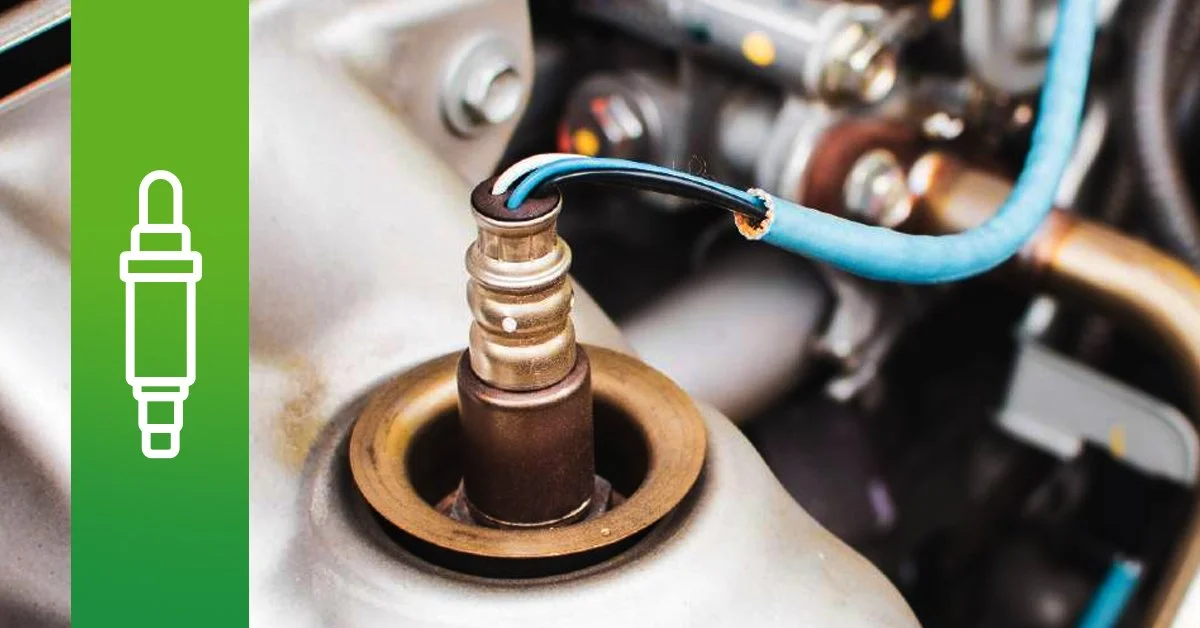Do I Need an Oxygen Sensor Replacement?
We don’t often think about oxygen sensors in our cars, but they are critical for keeping our engines running smoothly. But like all parts of our cars, they eventually wear down and need to be replaced. So how do you know when to replace your oxygen sensor? Auto Correct’s ASE-certified technicians have a few tips for you.
Signs You Need an Oxygen Sensor Replacement
Oxygen sensors exist in a vehicle’s exhaust manifold. They reduce emissions and fuel consumption and monitor the amount of unburned oxygen in exhaust, and then work with the car’s internal computer to adjust the air-fuel ratio in the engine to minimize emissions and fuel consumption. So, obviously, it’s a part you want to have working efficiently at all times. Unfortunately, cars don’t have a specific warning light for oxygen sensors, but the check engine light does include them in the list of parts they monitor and warn for. Beyond that, here are some other signs that your oxygen sensor is failing and needs to be replaced.
Reduced Fuel Efficiency
When the oxygen sensor starts to wear down, it is not able to accurately calculate the needed air-fuel ratio. This can lead to poor ignition timing, fuel injection, and low gas mileage.
Rough Idling and Poor Performance
If you start to notice that your vehicle slow to accelerate, has been stalling, is loud or vibrating when idling, and especially if it has been misfiring, Auto Correct recommends bringing your car in to have your oxygen sensor checked — and potentially your engine or exhaust systems as well, as they may have taken on damage.
Unusual Engine Sounds
Bad or failing oxygen sensors can lead to premature ignition or uncontrolled combustion. These can cause knocking or pinging sounds to come from the engine, as well as cause engine damage.
Increased Emissions
When the oxygen sensor is not working properly, it will give inaccurate readings. Inaccurate readings will lead to an incorrect air-fuel mix in the engine. If the mix has too much fuel, combustion will be incomplete and more pollutants like carbon dioxide will be released with the exhaust. If there is too little oxygen in the mixture, the exhaust will release an increased amount of nitrogen oxide.
Causes of Oxygen Sensor Failure
Automotive oxygen sensors usually fail due to regular wear and tear. They tend to last somewhere between 60,000-90,000 miles, though extreme temperatures — like our hot Arizona summers — can decrease that number. Additionally, contaminant build up like oil, coolant, or carbon can also shorten the oxygen sensor lifespan.
If you are concerned about your vehicle’s oxygen sensor, another part, or just want to take care of some auto maintenance — maintenance is the best way to prevent major car issues — give us a call, book an appointment, or stop by Auto Correct today. We fix everything!

